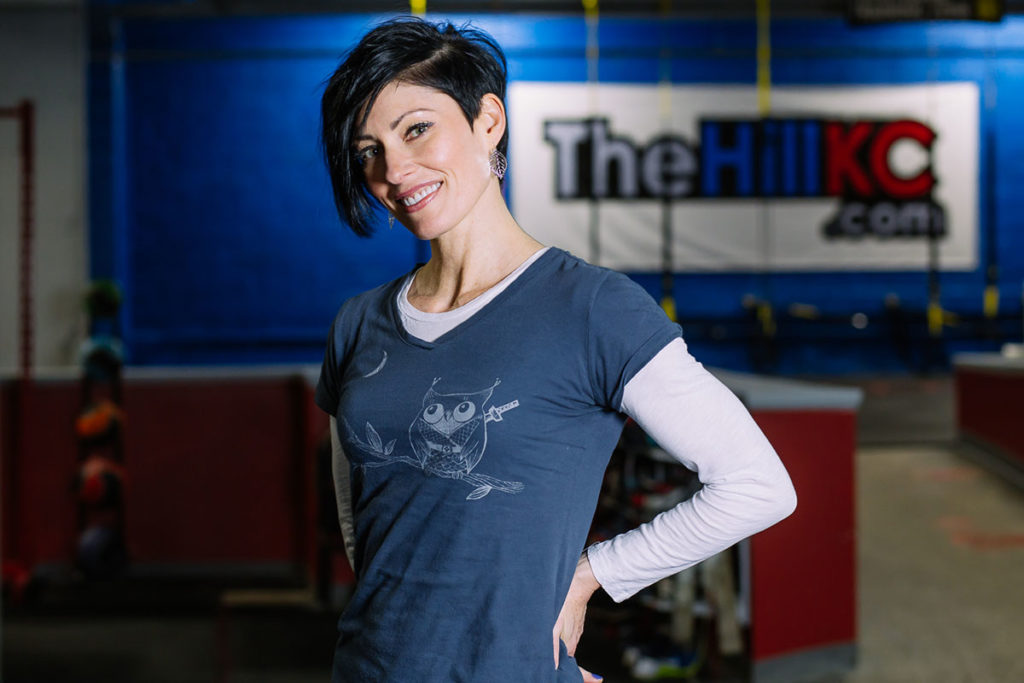
Creating Sustainable Change
Sabrena Jo, MS, has been actively involved in the fitness industry since 1987. An ACE Certified Group Fitness Instructor, Personal Trainer and Health Coach, Jo teaches group exercise, performs as an aerialist, owns and operates her own personal training business, has managed fitness departments in commercial facilities, and has lectured to university students and established fitness professionals. Jo serves as senior advisor for health and fitness education for ACE, developing and delivering educational content in the form of live presentations, textbooks, articles, videos and online courses. She has a bachelor’s degree in exercise science as well as a master’s degree in physical education from the University of Kansas, and she has numerous certifications in exercise instruction. Jo co-presents a weekly podcast on fitness, health and nutrition topics, which can be found on her website, www.sabrenajo.com.
ACE: How have you seen the obesity epidemic affecting our society—families, health care and workplaces?
Sabrena Jo: Working with clients impacted by obesity has shown me that in addition to decrements in physical function—such as decreased mobility, higher incidence of osteoarthritis and increased risk of chronic disease—there is strong societal stigma in the forms of ridicule and teasing, fewer workplace opportunities and a lack of appropriately sized seating and medical equipment.
ACE: How do you feel our society’s attitudes about wellness have changed over the past 30 years, and what role do you feel mindset has played in the health of our nation?
Sabrena Jo: In the last few decades, there has been a wealth of research focused on the benefits of physical activity and balanced nutrition as means to improve health and quality of life. Unfortunately, only a minority of the population regularly engages in practices that promote healthy living. Clearly, there is a disconnect between what we know and how we go about implementing it. Consumers have the difficult choice of deciding between what are advertised as quick fixes to a very complex problem and the reality of changing behaviors to
promote health, which can be a lengthy, hard-fought endeavor. Add this to a demanding work schedule, a busy family life and a variety of social commitments, and it becomes clear that the stress of making healthy choices in an environment that offers mostly unhealthy options is a challenge.
ACE: What do you think is most challenging for people when it comes to adopting sustainable, healthy change?
Sabrena Jo: The most challenging aspect of sustainable change is that it takes a consistent effort over a long time to see the type of results people equate with “healthy,” like losing body fat and improving fitness or athletic performance. People often start an exercise or weight loss program but then become discouraged when they don’t achieve dramatic results in
weeks, rather than the months or even years that it may take.
ACE: What are some ways that you feel well-qualified health and fitness professionals can improve how they work with clients and patients, and perhaps more effectively gain recognition by the healthcare community as providers of care?
Sabrena Jo: First, we have to be straightforward and honest with our clients about what it takes to improve health and fitness through physical activity, exercise and nutrition. Only if we’re consistently honest can we steer the population away from misinformation and quick-fix schemes that lure people in, set them up for failure and then leave them feeling defeated.
Honesty will also take us a long way toward being more accepted as members of the healthcare team. When fitness professionals offer programs based on evidence and proper progression—and focus on health and psychological benefits, rather than aesthetics—healthcare providers will feel confident referring patients to them.
ACE: When it comes to health and fitness education, what places do you feel need our attention the most (i.e., workplaces, schools, community centers, healthcare providers)?
Sabrena Jo: All of the above! In schools and community centers, we can impart the habits of healthy living—such as regular physical activity and balanced nutrition—to our youth so that these behaviors become ingrained at an early age, and so young people don’t have to
work on changing unhealthy behaviors as adults.
In workplaces, we can provide health and fitness education—and, perhaps more importantly, opportunities for regular physical activity and healthy food options—that will allow employees
to function at their best. When healthcare providers practice sound fitness and nutrition behaviors, they become strong role models for their patients and are better able to communicate the realities of what it takes to achieve improved health through better choices.